
eBook - ePub
The Bronze Age Civilization of Central Asia
Recent Soviet Discoveries
Philip L. Kohl, Philip L. Kohl
This is a test
Share book
- 400 pages
- English
- ePUB (mobile friendly)
- Available on iOS & Android
eBook - ePub
The Bronze Age Civilization of Central Asia
Recent Soviet Discoveries
Philip L. Kohl, Philip L. Kohl
Book details
Book preview
Table of contents
Citations
About This Book
The Bronze Age Civilization of Central Asia edited by Philip L. Kohl collates translated articles from soviet findings of Bronze Age and Aenolithic remains in Central Asia. Originally published in 1981, these articles include the latest discoveries at the time of publication such as the Murghab Delta sites to build a clearer picture of civilizations and settlements in Bronze Age Southern Central Asia and their history and evolution for new English audiences. This title will be of interest to students of history, archaeology and anthropology.
Frequently asked questions
How do I cancel my subscription?
Can/how do I download books?
At the moment all of our mobile-responsive ePub books are available to download via the app. Most of our PDFs are also available to download and we're working on making the final remaining ones downloadable now. Learn more here.
What is the difference between the pricing plans?
Both plans give you full access to the library and all of Perlego’s features. The only differences are the price and subscription period: With the annual plan you’ll save around 30% compared to 12 months on the monthly plan.
What is Perlego?
We are an online textbook subscription service, where you can get access to an entire online library for less than the price of a single book per month. With over 1 million books across 1000+ topics, we’ve got you covered! Learn more here.
Do you support text-to-speech?
Look out for the read-aloud symbol on your next book to see if you can listen to it. The read-aloud tool reads text aloud for you, highlighting the text as it is being read. You can pause it, speed it up and slow it down. Learn more here.
Is The Bronze Age Civilization of Central Asia an online PDF/ePUB?
Yes, you can access The Bronze Age Civilization of Central Asia by Philip L. Kohl, Philip L. Kohl in PDF and/or ePUB format, as well as other popular books in History & World History. We have over one million books available in our catalogue for you to explore.
PART ONE
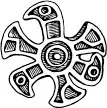
Southwestern Turkmenistan and the Late Bronze Age
CHAPTER 1
The Early Bronze Age Cemetery of Parkhai II: The First Two Seasons of Excavations: 1977–78
The Sumbar Archeological Expedition of the Leningrad Sector of the Institute of Archeology, USSR Academy of Sciences, began intensive excavations along the middle course of the Sumbar River, a tributary of the Atrek that joins it on its right side, in 1969 with excavations of the Iron Age settlement Parkhai-tepe.1 Then for six field seasons, 1972–77, the expedition investigated the Late Bronze Age cemeteries: Sumbar I, Sumbar II, and Parkhai I; information about this work has appeared in numerous scientific publications.2 A full report of these excavations with an interpretation of the materials from all the investigated levels is now ready to be published. Having finished our study of the Late Bronze Age cemeteries, we shifted our focus to cemeteries of earlier periods.
In summer 1977 the cemetery Parkhai II was discovered along the northern edge of the Sumbar Valley close to the western outskirts of the contemporary town of Kara Q’ala. The cemetery was located on a hill ten meters above the valley floor. A natural rise or outlier forms the mound, and its deposit contains traces of its use as a burial ground from the Early Bronze Age to the Late Middle Ages. It was subjected to excavations which revealed its important scientific interest and showed the necessity for conducting several seasons of standardized investigations on it.3 The first full season at this site was conducted in 1978.
Thus during 1977 and 1978, 27 burial vaults (Figure 1) were excavated that together contained the remains of about 450 burials, roughly 300 vessels, and numerous stone and bronze objects. This article presents a preliminary summary of these finds and also attempts to draw the historical conclusions that can be deduced from this material. These conclusions will utilize known archeological materials from sites situated in the northern foothills of the Kopet Dagh and in northern Iran, as well as the virtually unpublished materials from the Sumbar cemeteries of the Late Bronze Age. Naturally these conclusions are not definitive, since excavations of the Sumbar sites have just begun.

Figure 1. The Parkhai II Cemetery: plan of the excavations.
Preliminarily we can divide the excavated funerary chambers into three types. The first type consists of a burial construction lacking the piles of bones from skeletons that were pushed into the chamber; the second contains only piles of disarticulated bones without the skeleton of the final burial; and the third refers to a chamber containing the final disturbed burial and a pile of skeletal remains pushed deep within it.
Three chambers (nos. 1, 7, 12) belong to the first type. The interred skeletons are placed on their side in a tightly contracted position. The heel bones almost touch the pelvis, and the knees are placed near the chin. One cannot say that men were put on one side and women on the other, since all possibilities occur. This type of funeral chamber raises more questions than it answers. The quantity of material gifts varies greatly: in chamber 1 thirteen vessels were found beside two skeletons; in chamber 7 only two vessels were found beside the head of a second female skeleton (Figures 2 and 3); and chamber 12 did not contain any gifts or offerings.
Four chambers (nos. 2, 11, 22, and 23) belong to our second type. They are distinguished by their relatively small size, with a diameter of 110–130 centimeters. An entrance covered by a vertically set stone slab on a mud brick was preserved at only one of these chambers. Although a final undisturbed skeleton was not found in this type of chamber, ceramics were discovered near the pile of earlier burials and, in one case (no. 11), even a bronze spiral-headed pin (Figure 21, 5).
The third or basic type consists of the remaining twenty constructions. For this reason we will discuss several of the most interesting burials separately, even though they all share many features.
Chamber 4 was nearly circular with a roughly 2 meter diameter (Figure 4). Its entrance opens from the north-northeast, and the burial of a young boy about 8–9 years of age, which was placed on its left side in a contracted position, was preserved inside on the floor. Decomposed traces of a soft fabric or textile were still preserved on the thorax and shoulders, which were twisted backward toward the spine. The right arm extended along the body, while the left was bent at the elbow, with his hand spread across the breast. The head of the dead person had been placed on a stone but had slipped off. A beautifully ornamented decanter was placed near his left temple. The rest of the chamber was filled with piles of bones which were raised 60 cm above the floor at the small wall opposite the entrance. This assortment contained the remains of no fewer than 38 burials (calculated from the number of skulls) of both sexes and various ages. Twenty-two vessels were found among these bones (Figure 5), including: six beakers, one goblet with a tubular foot, three cups, four sphero-conical vessels, three pear-shaped vessels, four cylindrical vessels, a spherical vessel, and fragments of two rectangular vessels on pedestals with sculpted heads of bulls and some undetermined animal. The bones of a ram, presumably the remains of a funeral meal, were found among the human bones.

Figure 2. The Parkhai II Cemetery: chamber 7.

Figure 3. The Parkhai II Cemetery: chamber 7, ceramics.

Figure 4. The Parkhai II Cemetery: chamber 4.

Figure 5. The Parkhai II Cemetery: chamber 4, ceramics.
Chamber 8 is 2.6 m in diameter; its entrance opens from the north-northeast and was built with stones and mud bricks. It twice functioned as a burial vault, with some chronological gap separating its periods of utilization. An undisturbed burial of a woman of about 40–45 was preserved in the lower vault (Figure 6); the contracted skeleton lay on its left side with its back to the entrance and its head, which was placed on a stone, directed toward the east. No objects were found beside this burial. A pile of bones, which contained 29 male and female skulls of various ages, was cleared between the final burial and the back walls of the chamber. Thirty-one vessels (Figure 7) were found among these bones, including: twenty-two small goblets, two cups, one sphero-conical vessel, a carafe or decanter, a vase, a conical cup, and a small bucket with a handle and spout. A bronze spiral-headed pin (Figure 21, 1), a pierced needle (Figure 21, 3), a bracelet with a circular section (Figure 21, 9) that wound over on itself one and a half times, a ring, and a necklace with 174 small limestone beads and one turquoise bead were also found.

Figure 6. The Parkhai II Cemetery: chamber 8, lower vault, plan.
A level without bones but containing stones and fragments of large gray vessels was located between the upper and lower vaults. An undisturbed skeleton was not found in the upper vault (Figure 8), a situation probably caused by the burrowing of a large animal into the funeral chamber. However, the location of the pile of bones and its scattering toward the entrance prove that the opening into the chamber was in the same place. It was demonstrated that no fewer than 20 individuals of both sexes and different ages were interred in this vault. Seventeen vessels (Figure 9) were found, including: fourteen goblets, a conical cup, a pear-shaped vessel, and a decanter. A bronze knife 14 cm long (Figure 21, 12) also was discovered.
Chamber 10 had a circular plan 1.9 m in diameter (Figure 10) with its entrance opening from the south-southwest. In front of the entrance a male skeleton 25–30 years old lay on its right side. Its face was turned toward the entrance and its head directed south. The legs were bent at the knees so that the heel bones pressed against the pelvis. It was not possible to trace the arms, but the left probably extended along the body and the right bent at the elbow. The remains of no fewer than 36 individuals of both sexes and different ages were found between the final burial and the back walls of the vault. Nine vessels (Figure 11) were found, including: two goblets, two spherical cups, two sphero-conical vessels, a cylindrical vessel, and the fragments of two twin vessels. A small bronze ring, a nail, and a spiral-headed pin (Figure 21, 8) also were found.
Chamber 16 (Figure 12) had an oval plan 1.5 × 2.2 m. Its entrance opened from the northwest, and the remains of a circular hole of a column 16 cm in diameter were found in the middle of the eastern wall of the chamber. Four skeletons with their heads oriented to the east-northeast but lacking grave goods were found in the vault. They were all set in contracted position on their right side with their right arms extended and their left arms bent at the elbow; they faced the entrance. Only the last burial was undisturbed; the other three exhibited varying degrees of being moved further into the chamber. They were all females of different ages.

Figure 7. The Parkhai II Cemetery: chamber 8, lower vault, ceramics.
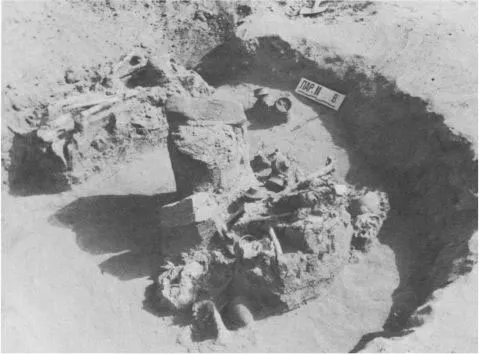
Figure 8. The Parkhai II Cemetery: chamber 8, upper vault.
Chamber 17 was utilized on two separate occasions. Its dimensions were 1.8 × 2.0 m, and the lower and upper vaults had different entrances.
The lower chamber (Figure 13) had its entrance on its southern side before which lay the skeleton of a young boy 9–10 years old. It was placed facing the entrance on its left side with its legs contracted, its arms bent at the elbows, and its head oriented to the east. There were no grave goods, but the shell of a steppe tortoise was placed near its legs. The remains of fourteen additional individuals of both sexes and varying ages were uncovered in the chamber; all these bones had been subjected to pressure insofar as the entrance to the upper vault came from the opposite side, and those who had buried the dead people of the upper vault had repeatedly walked across, sprinkling earth on the bones in the lower pit. Five vessels (Figure 14) were found among the bones: a goblet, a cup, a vase, two sphero-conical vessels, and many fragments.
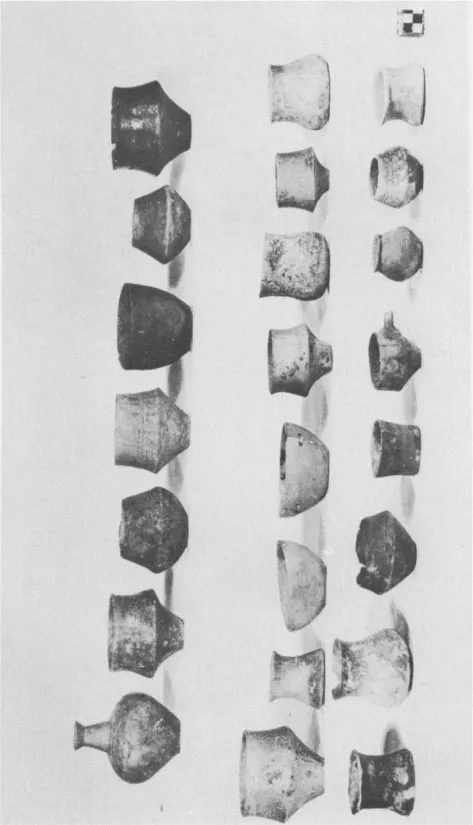
Figure 9. The Parkhai II Cemetery: chamber 8, upper vault, ceramics.

Figure 10. The Parkhai II Cemetery: chamber 10.
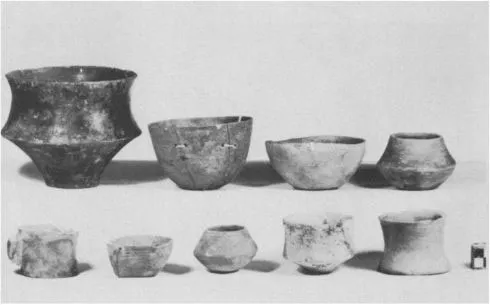
Figure 11. The Parkhai II Cemetery: chamber 10, ceramics.

Figure 12. The Parkhai II Cemetery: chamber 16, plan.
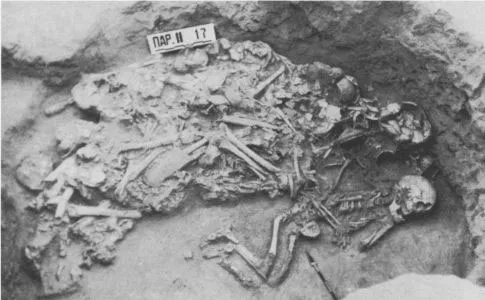
Figure 13. The Parkhai II Cemetery: chamber 17, lower vault.
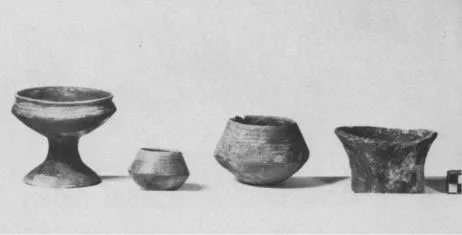
Figure 14. The Parkhai Cemetery: chamber 17, lower vault, ceramics.
In the upper vault the bones were concentrated along the south-southeast wall of the chamber. Above them lay a female 20–22 years of age on her left side, facing the entrance with her head to the west. There were gifts near her. Six other individuals were preserved in this chamber: four men, a woman, and a child. Nine vessels were found among the bones: four goblets, four cups, and a pear-shaped vessel.
Chamber 19 also was used twice, but its upper chamber contained only the lower part of a female skeleton 25–30 years old, lying on its spine with its heel bones located beneath its pelvis. The skeleton lay with its head oriented to the east. In addition to this skeleton there was a pile of bones, representing seven individuals. Three vessels were found: two small goblets and a cup.
The lower vault (Figure 15) was separated from the upper by a layer of earth, and its chamber could be easily traced. It had an oval plan (1.7 × 2.9 m), and its entrance came from the northwest. An undisturbed skeleton of a girl about 16 years old lay opposite and facing the entrance on its left side with its head oriented to the southwest. The legs were bent at the knees. The right arm was bent at the elbow with its hand set across its breast, while the left arm was similarly bent with its hand placed in front of its face. Above the woman’s forearms lay a newly born infant in a contracted position on its left side facing the entrance. Four vessels were placed near the head of the woman: a vase, a sphero-conical vessel, two spherical vessels, one of which had two handles, and a small marble vessel in the shape of a horn. Part of a double vessel lay near the child’s head. A bronze ring lay under the woman’s skull, and four bronze nails with large heads lay near her mouth.
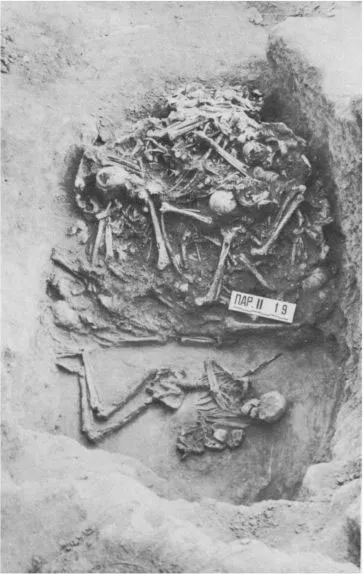
Figure 15. The Parkhai II Cemetery: chamber 19, lower vault.
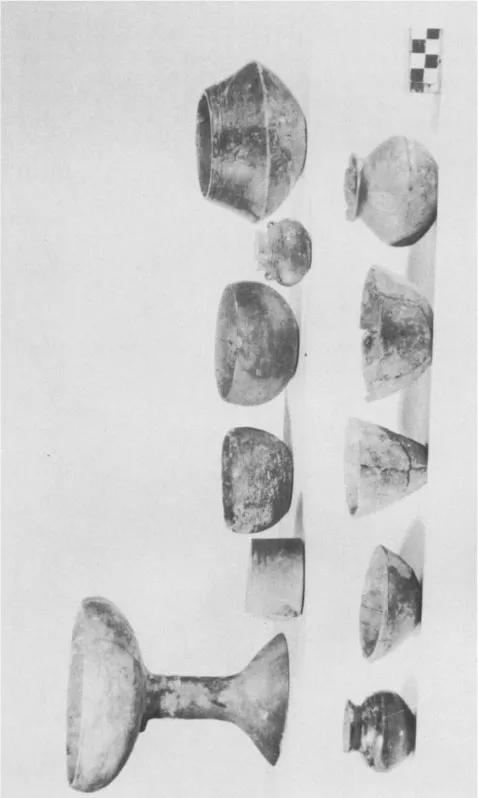
Figure 16...